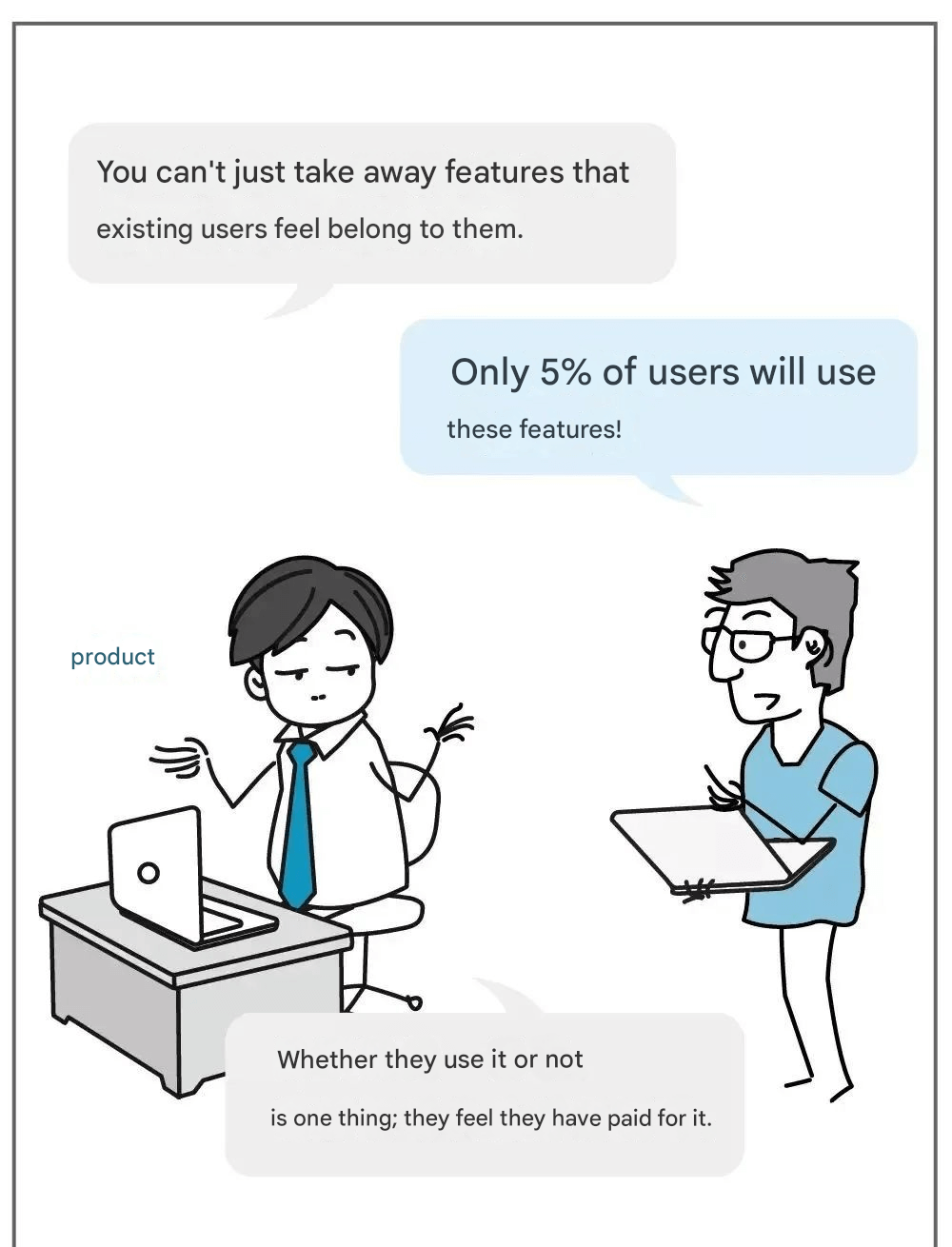Explore the essential knowledge and skills for programmers transitioning to product managers. This article covers key concepts such as product logic, business logic, decision-making, and practical learning methods for success in the product management field.
When discussing the role of a product manager, we first need to correct a common misconception: this position is not just a confusion for non-professionals. In fact, it is a field that combines both professional skills and knowledge. “Don't be the person who only knows how to use a hammer.” The role of a product manager is multifaceted and requires integrating interdisciplinary knowledge to enhance individual cognition, which is then reflected in product design. Mastering a variety of skills and tools can help avoid falling into a single way of thinking. A product model includes multiple dimensions such as product positioning, market size, target users, operation strategies, product features, and required resources. The closed-loop model refers to a system that connects all aspects and enables self-growth in a broad market.
The core competence of a product manager is often abstract and elusive, but when lacking inspiration or reflection on the product, the basic common sense outlined below may provide unexpected insights.
The Knowledge Path to Becoming a Product Manager
Knowledge that is not put into practice is equivalent to ignorance. The most effective learning method is through output. Product output can be achieved in various ways, such as writing articles, participating in discussions, giving presentations, and practical application. If you have read "The Lean Startup" and had the opportunity to practice it in a project, your growth will be the fastest. If such an opportunity is not available, sharing knowledge through thematic presentations or engaging in exchanges with peers to generate new ideas is also beneficial. Output is action; input is knowledge. Knowledge without action is worse than ignorance.
Basic Knowledge for Product Managers
Q: What makes an excellent product?
It meets a real and useful need.
The solution it provides is technically feasible.
It creates a sustainable and healthy business model.
Q: What constitutes excellent product design? (Referencing "Inspiration")
Basic Product Logic: The basic logic of product design involves aspects like frontend interaction, information display, and business logic. These are the foundational concepts of product logic.
Mathematical Logic: Mathematical logic requires a basic understanding of statistics, data sensitivity, and the ability to dig deep into problems through data. You need to be familiar with basic statistical concepts like prior probabilities, confidence levels, and attribution methods.
Thinking Logic: When proposing and evaluating solutions, clear logical thinking is essential. You should be able to distinguish between facts, assumptions, and conclusions, and evaluate the sufficiency of facts, reliability of assumptions, and the logical coherence of conclusions.
Business Logic: This requires a strong willingness and ability to learn. No matter what business you are in, you should deeply understand its business logic. For example, if you are working on an e-commerce system, you need to understand the product catalog and shopping flow and be familiar with product selection methods. If it’s a community product, you should understand community operations and user behavior logic. The ability of a product manager to quickly grasp business logic is key to evaluating their competence.
System Logic: Similar to business logic, system logic requires a deep understanding of systems. This system could be a company, a supply chain, an industry, or a backend system. For example, if it’s a search recommendation system, you need to understand the basic principles and limitations of the algorithms; if it’s an advertising system, you should understand the principles behind advertising strategies. Business logic is about understanding the essence of the business, while system logic is about understanding why things are done this way.
Q: What do product managers at different levels do, and what are their differences in professional abilities?
A product manager's main job is to decide, at the right time, how to meet user needs by considering external environments, user stages, technical operational capabilities, and overall costs. The core value of this profession lies in decision-making. Product managers at different stages or levels are all making decisions, but the resources they have and the depth of their decisions differ. Due to the continuity of decisions, every wrong decision can lead to a waste of company resources. Thus, cultivating an excellent product manager is costly, and the product manager should respect their own decisions.
Senior: Building product models to achieve a closed loop from user value to business value, i.e., achieving the three dimensions of a good product.
Mid-level: The product model may not be outstanding, but they can independently consider multiple factors, make better decisions, design products, and mobilize resources to realize them. The value orientation of this profession is not to pursue a perfect product, but to achieve the best return on investment.
Junior: Designing and driving the implementation of a product module. With clear core goals, they can complete product design without major flaws, drive the product to go live, collect data, and draw conclusions.
Q: What skills should a product manager have to make good decisions?
There are many required skills, and you can refer to the product manager competency models of large companies, which can serve as a good reference. The next chapter will specifically discuss these skills. The nature of product work is focused on an uncertain object, hoping not to go too far down the wrong path when changing requirements.








